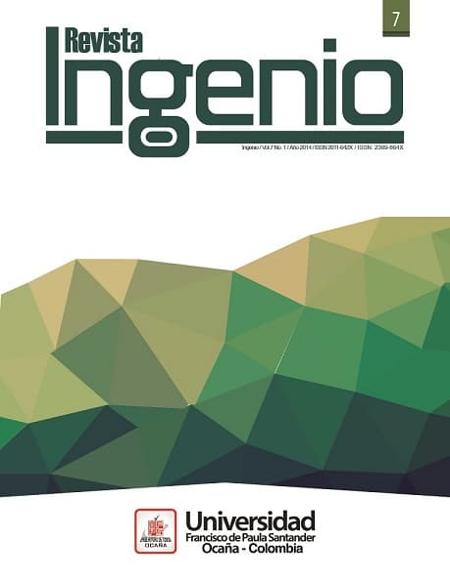Propuesta didáctica para comprender textos biológicos mediante dispositivos móviles
Didactic proposal to understand biological texts through movil devices
Contenido principal del artículo
Descargas
Detalles del artículo
Android Open Source Project. (s.f.). Recuperado el 4 de marzo de 2014, de Android Developer: http://developer.android.com/guide/webapps/index.html
Bakalova, Z., & Daneva, M. (2011). A comparative case study on clients participation in a 'traditional' and in an Agile software company. Profes 11 Proceedings of the 12th International Conference on Product Focused Software Development and Process (págs. 74-80). Torre Canne: ACM.
Bennett, S., McRobb, S., & Farmer, R. (2006). Analisis y Diseno Orientado a Objetos de Sistemas. Madrid: McGraw-Hill.
Cheona, J., Leeb, S., Crooksa, S. M., & Songb, J. (2012). An investigation of mobile learning readiness in higher education based on the theory of planned behavior. Computers & Education, 1054–1064.
Hadar, I., & Sherman, S. (2012). Agile vs. plan-driven perceptions of software architecture. CHASE 12 Proceedings of the 5th International Workshop on Co-operative and Human Aspects of Software Engineering (págs. 50-55). Zurich: IEEE Press.
Hemrajani, A. (2006). Agile Java Development with Spring, Hibernate and Eclipse. United States of America: Sams Publishing.
S. M, J., & B, I. (2008). The Mobile Devices and its Mobile Learning Usage Analysis. Proceedings of the International MultiConference of Engineers and Computer Scientists 2008 (págs. 19-21). Hong Kong: IMECS 2008.
Sánchez Vizcaíno, J., & Mateos Jiménez, A. (1998). El lenguaje científico: un objetivo básico en la formación científica de los maestros. Propuestas de actuación en el aula. Tendencias Pedagógicas, I(extra I), 273-280. Recuperado el 2 de Mayo de 2015, de http://www.tendenciaspedagogicas.com/articulos/1998_e1_27.pdf
Sommerville, I. (2005). Ingeniería del software. Editorial Pearson Educación.
Xamarin. (2014). Obtenido de Xamarin.Android: http://xamarin.com/android
Yu, Y., & Sharp, H. (2011). Analysing requirements in a case study of pairing. AREW '11 Proceedings of the 1st Workshop on Agile Requirements Engineering. Lancaster: ACM New York.




 Perfil Google Scholar
Perfil Google Scholar



